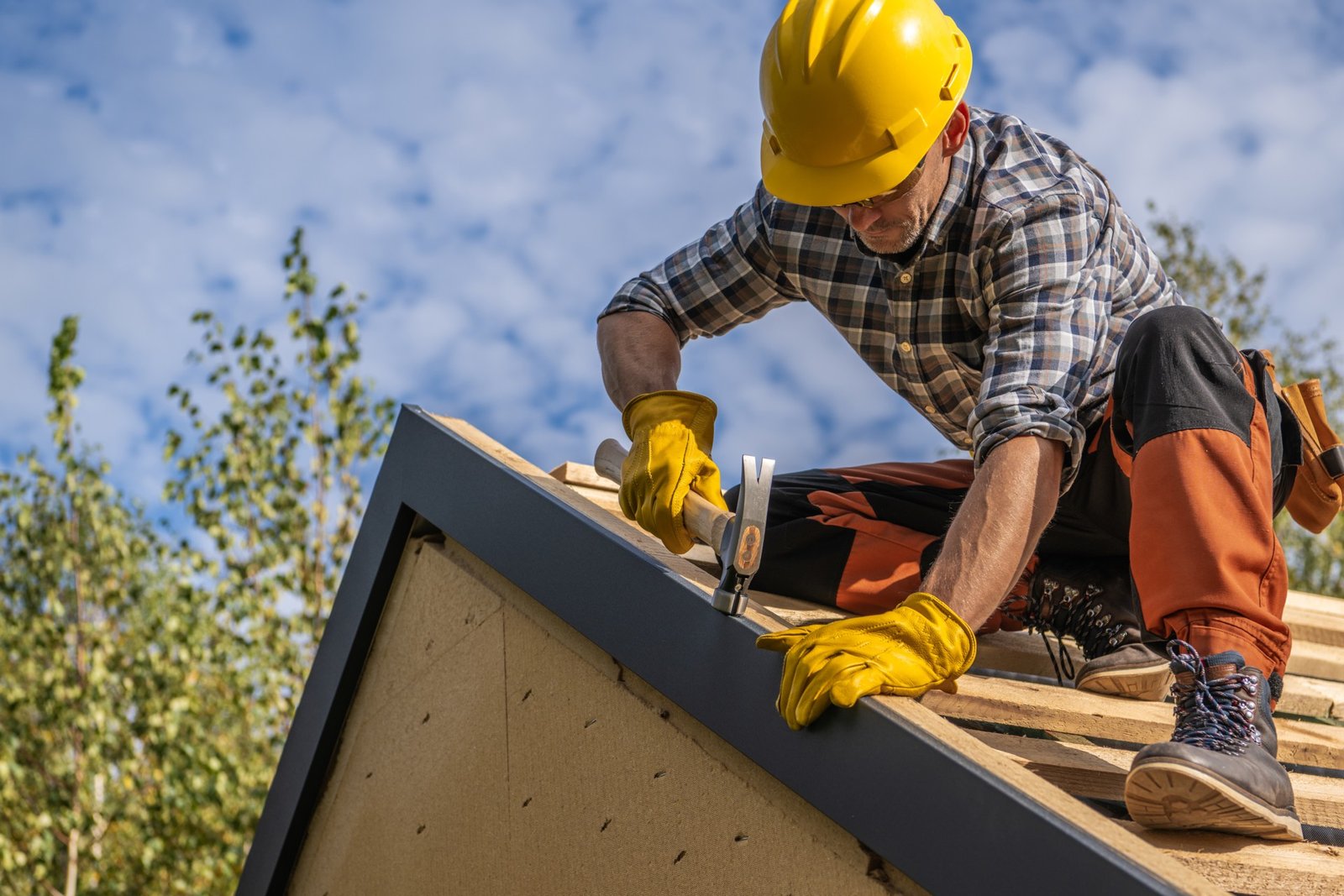A commercial roof is a significant investment that plays a crucial role in protecting the structure, assets, and occupants of a building. Proper maintenance and proactive measures can extend the lifespan of a commercial roof, saving property owners and managers from costly repairs or premature replacement. In this article, we outline practical tips to extend the life of a commercial roof and ensure that it remains in top condition for as long as possible.
1. Schedule Regular Inspections
One of the most effective ways to extend the life of a commercial roof is to schedule regular inspections. These inspections should be conducted at least twice a year—once in the spring and once in the fall—and after any major weather events such as storms, high winds, or heavy snowfalls.
- Professional Inspections: Hire a professional roofing contractor to thoroughly inspect the roof for signs of damage, including cracks, punctures, pooling water, and wear around flashing and seams. Professional inspections can identify minor issues before they develop into larger, more expensive problems.
- DIY Inspections: Building managers should also perform visual inspections between professional checkups. Look for obvious signs of damage, debris accumulation, or areas where water might be pooling, as these can indicate potential issues that need immediate attention.
2. Address Repairs Promptly
Ignoring even minor damage can significantly shorten the lifespan of a commercial roof. Small leaks, punctures, or cracks can lead to bigger issues such as water infiltration, mold growth, and structural damage if left untreated.
- Leaks: Address leaks immediately to prevent moisture from spreading into the building’s insulation or structure. Catching leaks early can prevent interior damage and reduce repair costs.
- Damaged Flashing: Flashing, the material used to seal joints and seams, is especially prone to wear and tear. Damaged or missing flashing should be repaired promptly to prevent water from penetrating vulnerable areas of the roof.
- Ponding Water: Flat or low-slope commercial roofs are particularly susceptible to ponding water. If water does not drain properly, it can degrade the roofing material, leading to leaks. Ensure proper drainage is in place and clear any blockages to avoid this issue.
3. Ensure Proper Drainage
A well-functioning drainage system is essential for maintaining the integrity of a commercial roof. Blocked or malfunctioning drains can lead to water pooling on the surface, which increases the risk of leaks and structural damage.
- Clean Gutters and Drains: Ensure that gutters, downspouts, and drains are free of leaves, debris, and dirt. Clogged drainage systems can cause water to back up and pool on the roof, especially after heavy rainfall or snowmelt. Regularly clean and maintain these systems to promote proper water flow.
- Install Secondary Drains: If your roof is prone to pooling, consider installing secondary or emergency drains to handle excess water. These backup systems can prevent serious water damage if the primary drains become overwhelmed or blocked.
4. Use High-Quality Materials
Investing in high-quality materials during the installation or replacement of a commercial roof can significantly extend its lifespan. Top-quality materials are more durable, resistant to weather extremes, and require less maintenance.
- Membrane Selection: Single-ply membranes like TPO, PVC, or EPDM are popular choices for commercial roofing due to their durability and energy efficiency. Selecting thicker membranes, when appropriate, can provide extra protection against tears and punctures.
- Insulation: Proper insulation not only improves energy efficiency but also reduces the risk of temperature fluctuations that can cause the roofing material to expand and contract, potentially leading to cracks or leaks. Ensure that your roof has the correct type and amount of insulation for your building and climate.
5. Implement a Preventive Maintenance Plan
A preventive maintenance plan helps property managers and owners stay ahead of roofing issues before they become costly problems. This plan should include routine inspections, cleaning, and scheduled repairs to ensure that the roof remains in good condition.
- Scheduled Cleanings: Remove debris such as leaves, branches, and dirt regularly. Debris can trap moisture and create an ideal environment for mold growth or degradation of the roof membrane.
- Repairing Wear and Tear: Even a well-maintained roof will experience wear over time. Regularly reseal or repair areas showing signs of wear, particularly seams, flashing, and high-traffic areas where equipment or personnel access the roof frequently.
- Monitor Rooftop Equipment: Commercial roofs often house HVAC systems, vents, and other equipment. Ensure that these installations are properly secured and maintained to prevent damage to the roofing material beneath them. Regularly check for oil or refrigerant leaks from HVAC units, as these can degrade roofing materials.
6. Apply Roof Coatings
Roof coatings are an effective way to extend the life of a commercial roof. These coatings create an additional layer of protection, increasing the roof’s resistance to UV rays, temperature changes, and weather-related damage.
- Reflective Coatings: Reflective or cool roof coatings can reduce heat absorption, helping to lower indoor temperatures and reduce energy costs. These coatings also protect the roof from UV damage, which can cause the membrane to degrade over time.
- Waterproof Coatings: Waterproof coatings provide an extra barrier against moisture infiltration, especially useful for older roofs or those in areas with heavy rainfall. They can also seal minor cracks and leaks.
7. Ensure Proper Ventilation
Proper ventilation is crucial to maintaining the health of your roof, especially in commercial buildings with flat or low-slope roofs. Poor ventilation can lead to moisture buildup, which can damage the roof structure and lead to mold growth.
- Preventing Moisture Buildup: Make sure your building’s attic or upper levels have adequate ventilation to prevent moisture from becoming trapped beneath the roof. Excessive moisture can cause insulation and the roofing material to deteriorate prematurely.
- Balance Indoor and Outdoor Temperatures: Balanced airflow helps regulate indoor temperatures and reduces strain on the roofing system. It prevents condensation buildup, which can contribute to long-term structural damage.
Extending the life of a commercial roof requires a proactive approach that includes regular inspections, timely repairs, proper drainage, and preventive maintenance. By investing in high-quality materials, roof coatings, and proper ventilation, property owners and managers can maximize the lifespan of their roofs and minimize repair and replacement costs. Maintaining a commercial roof not only protects the building and its contents but also ensures a better return on investment over the long term.








